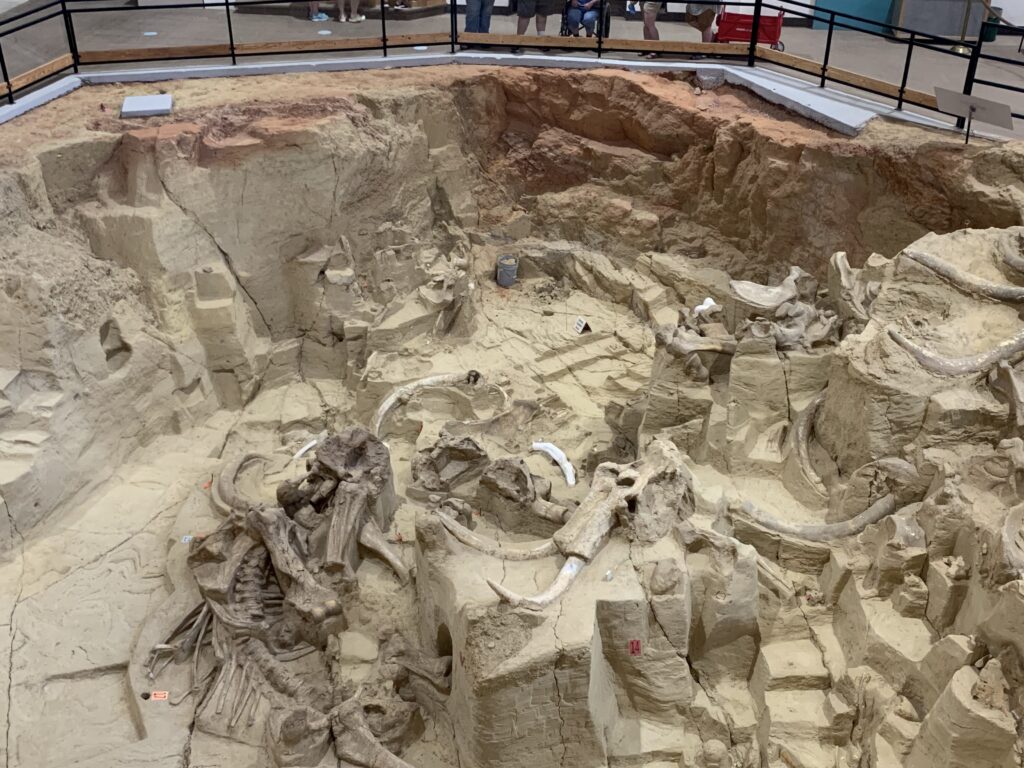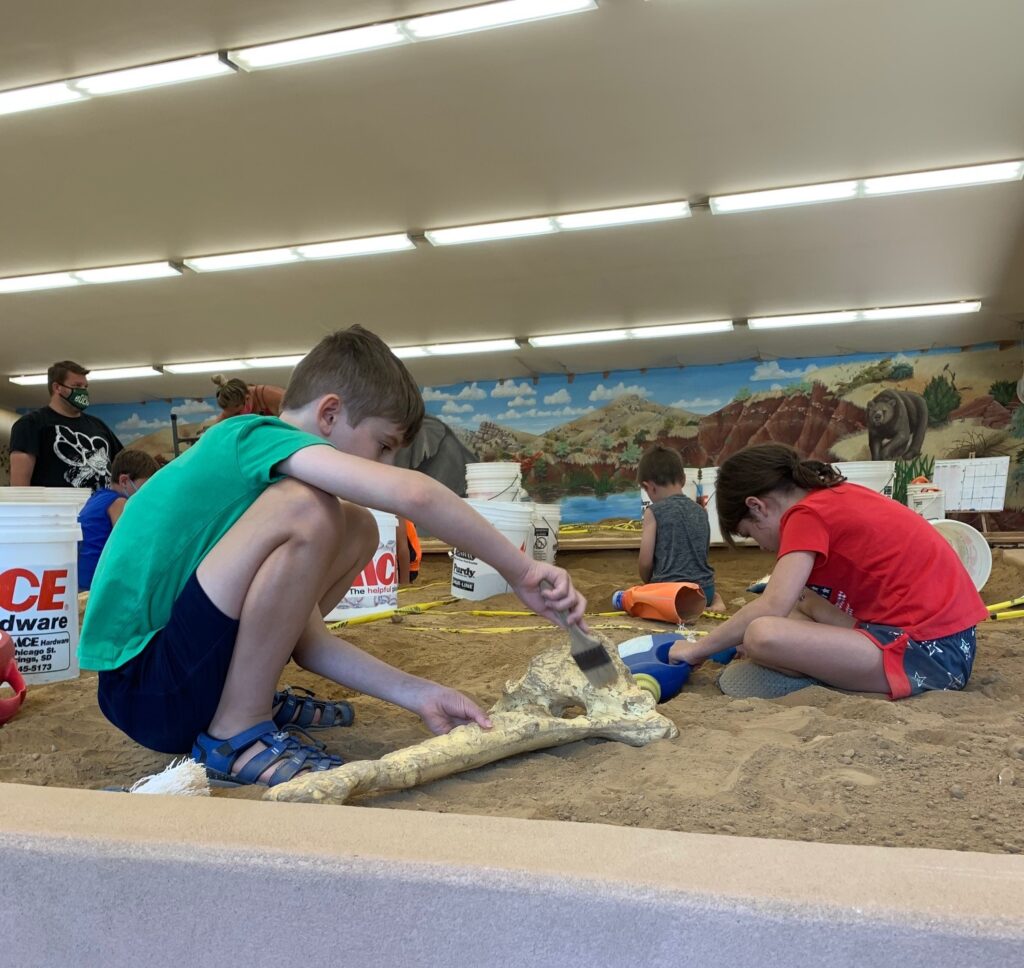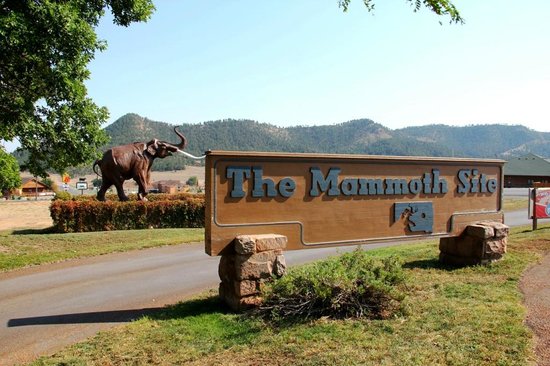The Mammoth Site of Hot Springs, South Dakota
If you are visiting the Black Hills of South Dakota, make sure to stop at the The Mammoth Site in Hot Springs, SD. This is an active dig site that has the largest concentration of Mammoth remains in the world! To date, a total of 61 mammoths have been discovered, which includes 58 Colombian mammoths and 3 Wooly mammoths. It’s not to be missed!
The History
In 1974, the land at Mammoth Site was being leveled for a housing development. During the process, worker George Hanson struck a tusk and other bones. Hanson took the bones to his son, Dan, who had studied geology and archaeology in college. Recognizing the bone’s importance, Dan reached out to his former paleontology professor, Dr. Larry Agenbroad and asked him to visit the site. By summer of 1975, Dr Agenbroad and his colleague, Dr. mead led a group of volunteer students and began excavating the site.
As the discoveries at the site gained more interest, land owner Phil Anderson decided not to continue with construction of the housing development and the non-for-profit Mammoth Site was born.
The Sinkhole
The mammoth site is actually a sinkhole that formed around 140,000 years ago. At that time, there was a spring which filled the hole with water. Mammoths and other animals would try to drink out of the pond and fall in. The sides of the pond were very steep so they were unable to get out and died. Over time, the dead bodies sank to the bottom of the hole, covered in sediment and buried. Eventually, the pond dried up and the remains were preserved in the rock.

Tours & Hours
Today, the Mammoth Site is an active excavation and research site that is open to the public year round. We started our tour by watching an educational video followed by a self-guided tour of the dig site. My kids participated in the Junior Paleontology program which is fantastic! It gets the kids involved in ‘pseudo’ excavation and tells the history of the mammoths. To learn more, visit the Mammoth Site website.

To learn more about planning a trip to South Dakota, visit my blog post about our trip.
